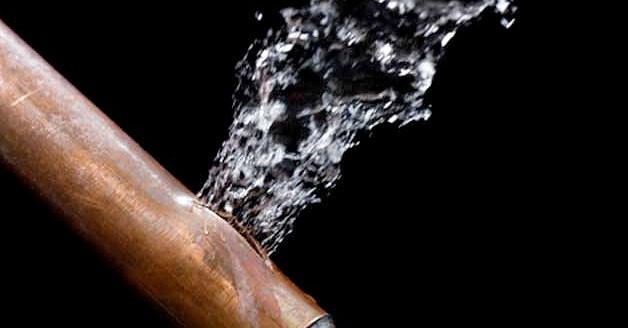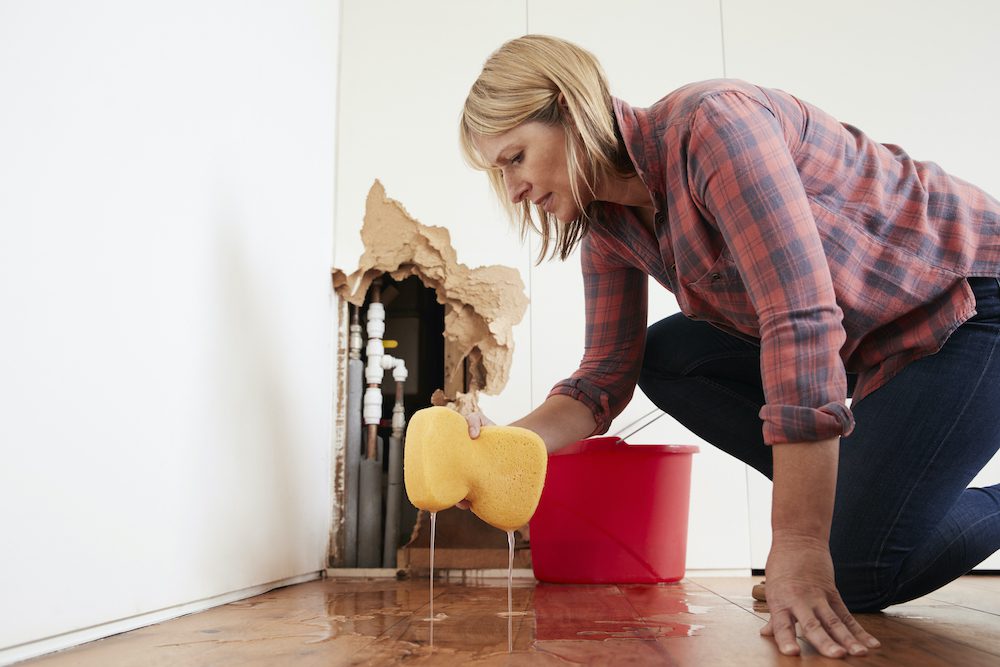Overview To Water Leakage Detection At Home
Overview To Water Leakage Detection At Home
Blog Article
They are making several great pointers on Detecting hidden plumbing leaks in general in this great article down below.

Early discovery of dripping water lines can minimize a potential catastrophe. Some small water leakages might not be noticeable.
1. Analyze the Water Meter
Examining it is a proven method that assists you find leaks. If it relocates, that suggests a fast-moving leak. This means you might have a sluggish leak that can also be underground.
2. Check Water Intake
Analyze your water expenses and track your water intake. As the one paying it, you must discover if there are any disparities. If you identify sudden changes, in spite of your consumption coinciding, it implies that you have leaks in your plumbing system. Keep in mind, your water bill need to drop under the same array each month. A sudden spike in your costs indicates a fast-moving leakage.
A constant boost every month, also with the exact same behaviors, shows you have a slow leak that's likewise gradually escalating. Call a plumber to extensively inspect your property, particularly if you really feel a cozy location on your floor with piping beneath.
3. Do a Food Coloring Test
30% comes from toilets when it comes to water consumption. Test to see if they are running effectively. Drop specks of food color in the storage tank as well as wait 10 mins. If the shade somehow infiltrates your dish throughout that time without flushing, there's a leakage in between the tank and bowl.
4. Asses Exterior Lines
Don't neglect to examine your outside water lines too. Should water permeate out of the link, you have a loose rubber gasket. One tiny leakage can squander lots of water as well as spike your water costs.
5. Evaluate the situation and also check
Property owners should make it a behavior to inspect under the sink counters and also inside closets for any type of bad odor or mold development. These two warnings indicate a leakage so timely focus is needed. Doing routine assessments, even bi-annually, can conserve you from a major problem.
Extra significantly, if you know your house is already old, maintain a watchful eye on your heaters, pipes, pipes etc. Look for discolorations as well as weakening as a lot of appliances as well as pipelines have a life expectancy. They will likewise normally deteriorate because of tear and use. Don't wait for it to intensify if you presume leaking water lines in your plumbing system. Call a specialist plumber immediately so you do not wind up with a terrible mess in your home.
Early discovery of dripping water lines can minimize a potential disaster. Some tiny water leaks may not be visible. Examining it is a surefire way that assists you discover leaks. One little leakage can throw away loads of water and increase your water expense.
If you presume dripping water lines in your plumbing system, don't wait for it to escalate.
How to Know If Your Home Has a Hidden Leak
Water Meter Reveals Inexplicable Water Usage
If you’d like to test whether or not there’s a leak somewhere in your home, you can do this using your water meter. Here is how to conduct the test:
Don’t use any water in your home for at least 30 minutes; this also means not turning on faucets or water-using appliances.
Go outside, and check your water meter for activity.
If your water meter shows that there was activity, even though no one was using any water, this proves that there is a leak in your home.Visible Mold or Mildew Growth
Leaks behind walls create moist, dark environments that allow mold and mildew to grow and thrive. Eventually, you might see mold growth forming on the wall closest to a hidden leak.
If mold is growing in an area that receives a high amount of moisture, such as a bathroom, it may simply be an indication that better ventilation is needed. However, if you see mold growth on a wall or the ceiling in an area where you would not expect, you probably have a hidden leak.
Musty, Mildew Odor
Sometimes you might not be able to see the mold or mildew that is growing as a result of a leak. However, the smell can give the problem away just as easily. If you catch a whiff of something musty, there’s a good chance that old water is collecting somewhere in your home that you can’t see.
Stained/Warped Walls, Ceilings, or Floors
When your home soaks up water, a variety of red flags can become visible, including ceiling stains, bubbling drywall, warped walls, and sagging floors. While these issues can be caused by excess humidity, they can also be signs that a pipe or plumbing connection has started leaking behind your walls.
Inexplicably High Water Bill
After a while, you get a general sense for what your water bill should be. If you own a pool or sprinkler system, your bill will tend to be higher during summer. However, if you receive a water bill that seems especially high, and you can’t figure out what caused it, then you may have a hidden leak somewhere that’s increasing your bill.
https://www.plumbingjoint.com/blog/2019/july/how-to-know-if-your-home-has-a-hidden-leak/

Do you really like more info about Leaking water lines? Try leaving a comment down the page. We will be delighted to find out your views about this article. We hope that you come back again soon. So long as you enjoyed our blog post please don't forget to pass it around. Thanks a bunch for your time. Come back soon.
Report this page